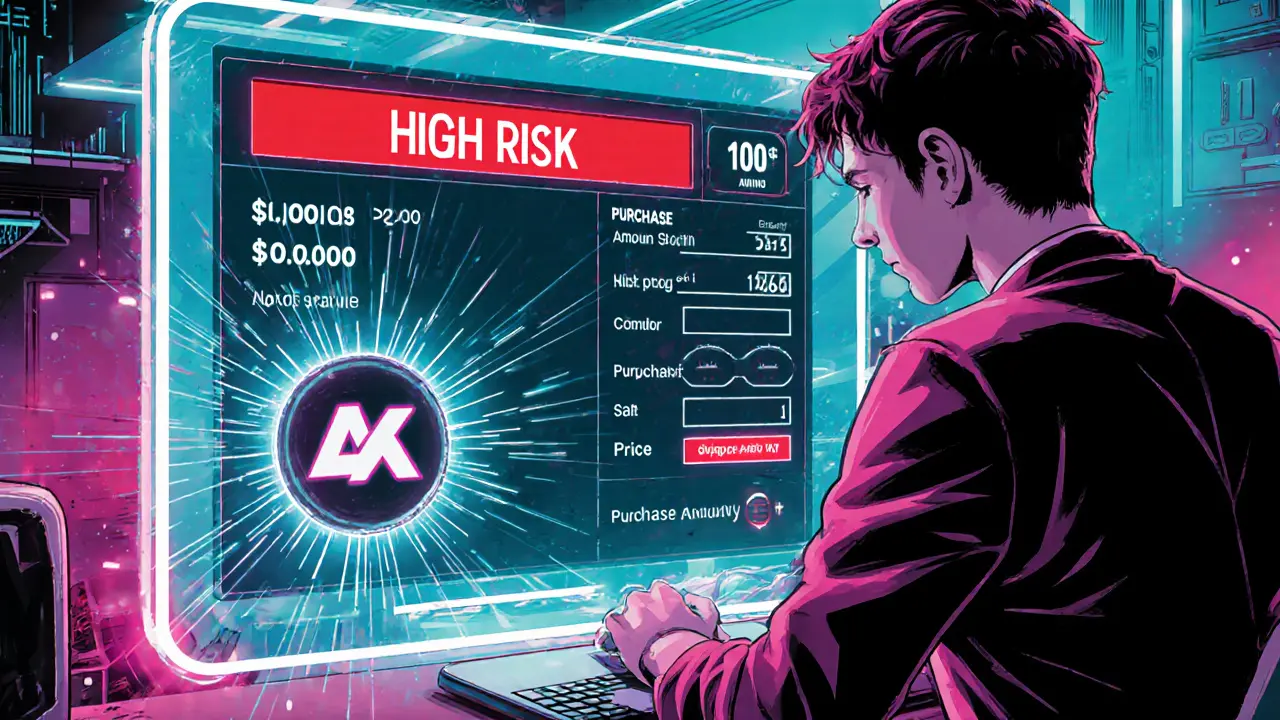Amino (AMINO) Crypto Coin Explained - Price, Tokenomics & Risks
A clear, plain‑English guide to Amino (AMINO) crypto: where it trades, price volatility, tokenomics gaps, risk factors, and how to buy it safely.
Continue ReadingWhen working with cryptocurrency price prediction, the practice of estimating future values of digital assets based on data, market behavior, and economic factors. Also known as crypto price forecast, it helps traders, investors, and analysts set entry points and risk limits. The process isn’t magic; it blends quantitative metrics with a feel for how participants react to news, regulation, or hype. Beginners often wonder if a single chart can tell the whole story – it can’t, but a well‑structured prediction model can give a clear edge. That’s why the community treats price prediction as a multi‑layered discipline, not a one‑time guess.
Accurate forecasts often start with tokenomics, the study of a coin’s supply rules, distribution mechanisms, and incentive structures. Tokenomics defines how new coins enter circulation, whether there’s a hard cap, and what burn or staking rewards exist. For example, a coin with a 2% quarterly burn will show supply contraction, which typically supports price if demand stays steady. Understanding these supply dynamics creates a foundation: cryptocurrency price prediction encompasses tokenomics because supply and demand are the core economic drivers.
From there, technical analysis, the review of chart patterns, volume trends, and indicator signals supplies short‑term clues. Traders watch moving averages, RSI, MACD, and Fibonacci retracements to spot entry and exit zones. Time‑frame matters: a 4‑hour chart may reveal a breakout that a daily chart smooths out. Combining multiple timeframes builds a richer picture. Technical analysis also feeds into risk management – stop‑loss levels are set based on recent swing lows or highs. Because price movement is recorded on the blockchain, technical analysis is a concrete tool that cryptocurrency price prediction requires for timing decisions.
Meanwhile, market sentiment, the collective mood of traders reflected in social chatter, news flow, and on‑chain activity adds a macro layer that can swing prices wildly. Sentiment is measured by social media mentions, Google Trends spikes, and on‑chain signals like large‑wallet movements. A sudden surge in positive tweets about a coin often precedes a price rally, while regulatory headlines can trigger sharp declines. Market sentiment influences cryptocurrency price prediction because emotions can outweigh fundamentals in the short run. When sentiment aligns with strong tokenomics and bullish technical patterns, the probability of a price rise improves dramatically.
In practice, you’ll blend on‑chain metrics, such as transaction volume, with off‑chain signals like regulatory news or airdrop hype, then apply tools ranging from moving averages to sentiment scores. The articles below walk through real‑world examples: a deep dive into GM Machine’s tokenomics, a risk‑adjusted forecast for Hemule, and a look at how underground market premiums can distort price signals. Other pieces examine exchange fee structures, privacy‑coin trends, and how large‑scale airdrops like JF or DOGGY impact short‑term demand. Whether you’re a beginner trying to understand why Bitcoin spikes after a major exchange announcement, or a seasoned trader fine‑tuning a model for altcoin swings, the collection equips you with actionable insights and step‑by‑step methods. Let’s explore the specifics and see how each piece fits into the broader prediction puzzle.

A clear, plain‑English guide to Amino (AMINO) crypto: where it trades, price volatility, tokenomics gaps, risk factors, and how to buy it safely.
Continue Reading